I am trying to make a boost converter that step up 5V to 400V. I am doing it for a geiger counter. I know that it's complicated, but it should be possible. Anyway, here is my schematic: 
My problem is that I can't get the assumed output voltage. I tried to calculate the output voltage and everything sits perfectly. Here is my calculation:  But with these conditions I can only achieve about 30-50V.
But with these conditions I can only achieve about 30-50V.

I tried to decrease the switching frequency to 20kHz or vary the duty cycle, but it seems to not make a huge difference.
I read somewere that the inductor might need a bigger load, so I added a 400k resistor in parallel with the output, but still the same. The last I tried to change the inductor to 10mH and it worked!! Kind of... I got 100V. Which is better, but still not what I expected.
I know that the calculations may not be 100% accurate, but I would expect to get at least close to 400V. Probbably the best solution might be to use a different boost topology with some transformer, but I think it should be possible to achieve 400V with standard Boost converter. At least I want to find out what's wrong. Is it caused by too small inductor or too low frequency? Do you have any ideas?
Thank you for help!
